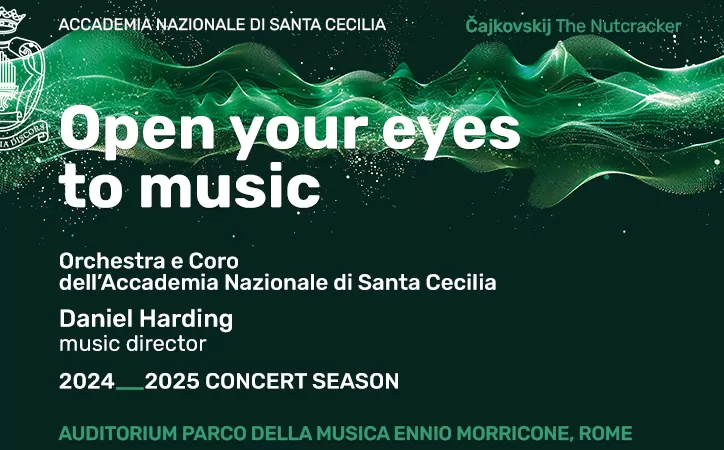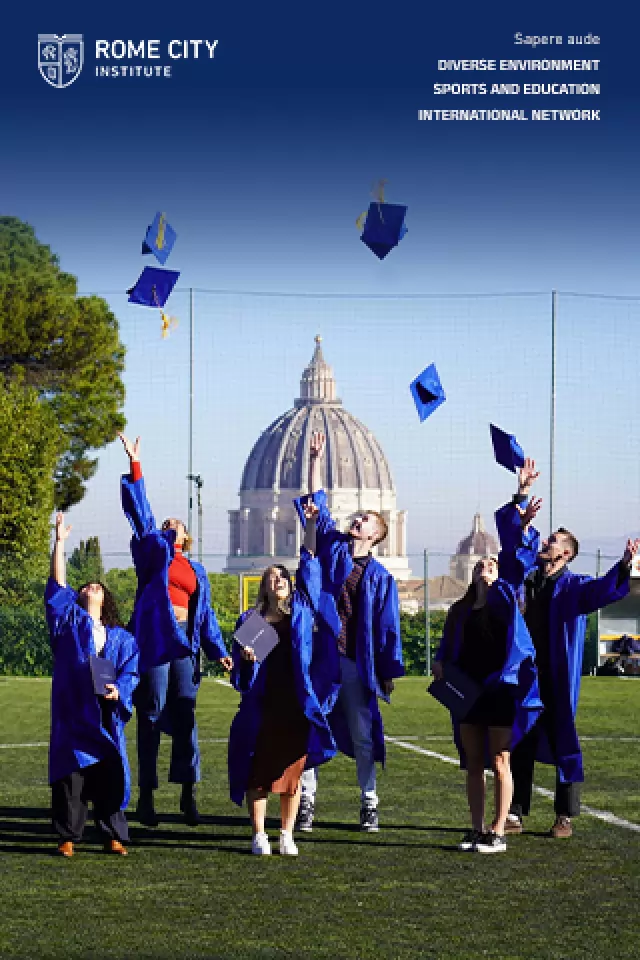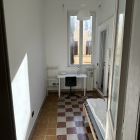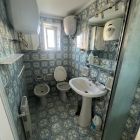Pope Francis: Life and Legacy
Francis' pontificate was marked by milestone reforms and papal firsts.
Pope Francis, who died in the Vatican on 21 April aged 88, served as pontiff for just over 12 years.
The Argentine pontiff had been recovering from a serious case of double pneumonia and made his last public appearance at St Peter's on Easter Sunday when he wished the crowds a happy Easter.
Francis was elected as leader of the world's 1.2 billion Catholics on 13 March 2013, following the shock resignation of his predecessor Benedict XVI.
The 266th successor of St Peter chose the name Francis, in honour of St Francis of Assisi.
When he stepped out onto the balcony of St Peter's, Francis made history as the first Latin American pope, the first Jesuit, and the first non-European pontiff in more than a millennium.
Francis told the faithful assembled in Piazza San Pietro that his fellow cardinals had gone "to the end of the world" to find the new Bishop of Rome.
Change in tone
After addressing the crowds with a casual "buonasera", it was clear from the start that Francis signalled a dramatic shift away from the Vatican's traditionally formal tone.
The new pope had a more intimate way of addressing the faithful, always wishing them a "good lunch" after the Sunday Angelus and saying: "Don't forget to pray for me."
New World pope
Born in Buenos Aires in 1936, the son of Italian immigrants, Jorge Mario Bergoglio was ordained a priest in 1969 and was created a cardinal by Pope John Paul II in 2001.
From the outset of his papacy, the New World pope moved the Church away from being Eurocentric to become universal, promoting cardinals from Africa, Asia and Latin America.
Francis was a tireless advocate of migrants, refugees, the homeless, prisoners and the most vulnerable in society, saying he would like a "poor church for the poor".
He lived in modest accommodation in Vatican City, spurning the papal suite in the apostolic palace to stay in the Casa Santa Marta guesthouse instead.
"Who am I to judge?"
One of the pope's most famous and controversial quotations occurred a few months after he was elected, during a mid-flight press conference on the way back to Rome from Brazil.
Francis made world headlines for saying: “If a person is gay and seeks God and has goodwill, who am I to judge?”
Reforms
Francis ushered in reforms to tackle the scourge of clerical sexual abuse, stamp out corruption at the Vatican Bank, and address clericalism within the Roman Curia.
He also promoted women to positions of authority in the Vatican, recently appointing the first woman to head a major Vatican office - an Italian nun - as prefect of the department responsible for all the Catholic Church's religious orders.
Environment
Francis raised awareness of environmental issues and emphasised the Church’s mission to combat global warming, warning in 2023 that the world is "collapsing" due to the climate crisis.
In 2015 he published the encyclical Laudato Si’, which urges people to take care of the environment and encourages political action to address climate problems.
Criticism
Francis was not without his critics among conservatives, including those within the Vatican, who claimed that his economic and social ideas smacked of communism.
In a 2013 interview with La Repubblica newspaper, Francis responded to the criticisms, denying that he was a Marxist but stressing that he had "known many Marxists who are good people".
A decade later, in an interview with the Associated Press, Francis addressed continued criticism from conservative Catholics, challenging them to "say it to my face".
Migrants
On his first trip as pope, Francis chose to travel to the Italian island of Lampedusa, a major gateway to Europe for migrants seeking a better life.
In 2016 Francis travelled to the Greek island of Lesbos, central to Europe's migrant crisis, taking 12 Muslim refugees from Syria, including six children, back to Rome with him on the papal plane.
A year later Francis said society should build bridges instead of walls, in what was widely interpreted as a thinly-veiled criticism of US President Trump's plan to build a fence along the US border with Mexico.
During a TV interview in January the pope criticised Trump’s pledge to expel undocumented migrants en masse as a “calamity", saying: "It won’t do. This is not the way to solve things."
In an open letter to US bishops published in February just days before he was hospitalised, Francis rebuked Trump's programme of mass deportations of migrants, describing it as a "major crisis" and warning that it “will end badly.”
On Easter Sunday, Francis granted US vice president JD Vance a brief, private audience before making his final public appearance.
Prisoners
As part of his commitment to prison reform and restorative justice, during his papacy Francis regularly visited Italian jails, washing the feet of male and female prisoners in a Holy Thursday ritual.
His most recent jail visit was to Rome's Regina Coeli prison on Holy Thursday, just days before his death, while on 26 December he opened a Holy Door at Rome's Rebibbia prison as part of sacred events to launch the current Jubilee Year.
Jubilee Year
The pope's death comes a third of the way the Vatican's Jubilee Year, a major religious event held in Rome every quarter century.
The next major event on the Jubilee calendar - the first following the death of Pope Francis - is the canonisation of Carlo Acutis on 27 April.
Health problems
Francis, who had part of one lung removed as a young man, suffered from a string a illnesses in recent years and was largely confined to a wheelchair since 2022.
Despite his health problems, the pope repeatedly said he had no plans of resigning, and in 2023 he said that his tomb was "already prepared" in the Basilica of Santa Maria Maggiore in Rome.
What happens next
The death of a pope marks the beginning of a solemn and deeply symbolic transition for the Catholic Church, ushering in a mourning period steeped in tradition and centuries-old rites.
Francis' death also sets into motion the process for electing a his successor, with a conclave expected to be held between 15 and 20 days after the pope's death.


















